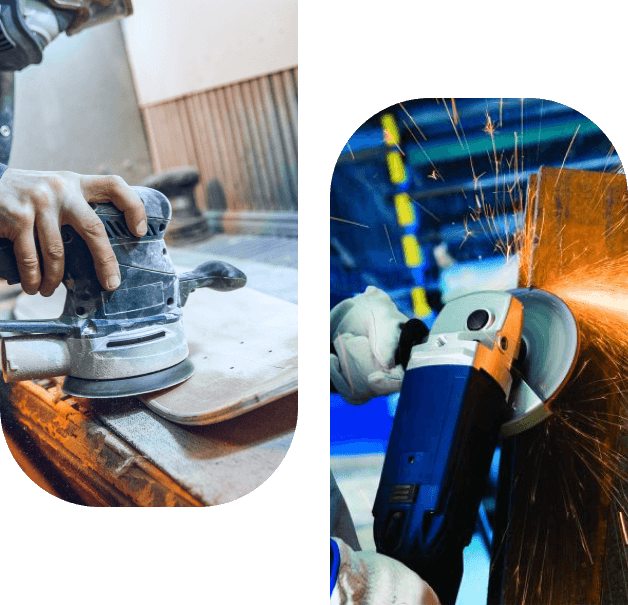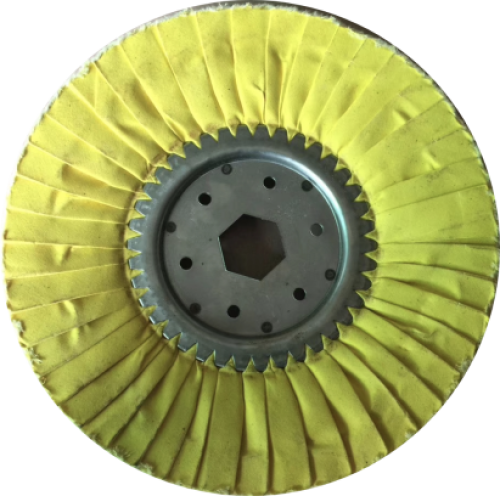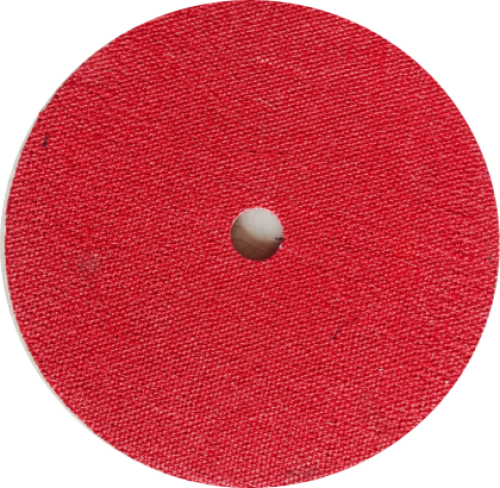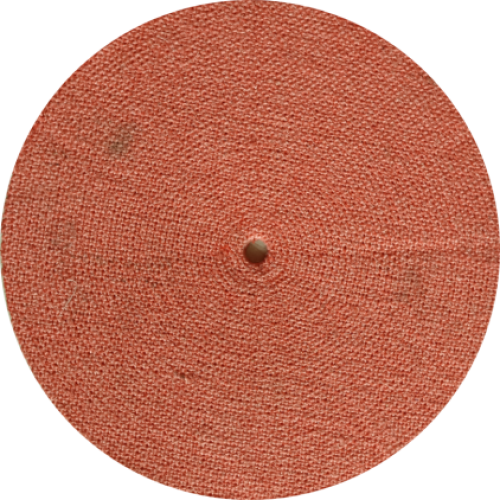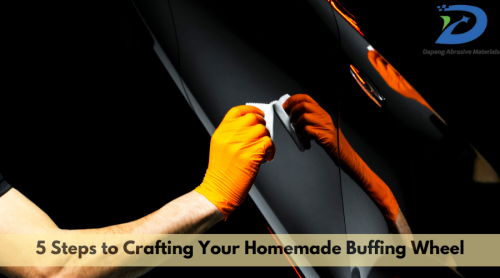If you're a DIY enthusiast or love crafting your tools, you might have thought about making your buffing wheel. A buffing wheel is handy for polishing surfaces to a shiny, smooth finish. Whether you want to buff metal, wood, or other materials, crafting your buffing wheel can be cost-effective and customizable.
In this article, I'll guide you through five easy steps to crafting your homemade buffing wheel. Let's dive in!
What Is a Buffing Wheel?
Before we get into the steps, let's cover what a buffing wheel is and what it's used for.
A buffing wheel is a circular tool made of layered fabric that rotates at high speeds. It's designed to polish and smooth out the surfaces of various materials, such as metal, wood, and even plastic. The layers of fabric are secured together to form a wheel-like structure.
Why Make Your Buffing Wheel?
You might be wondering why you should make your own buffing wheel when you can buy one. Well, there are a few reasons:
· Cost-Effective: Crafting your buffing wheel can be cheaper than purchasing one, especially if you already have some of the necessary materials.
· Customization: When making your own, you can customize the wheel to suit your needs. Choose the fabric type, size, and density best for your projects.
· Satisfaction: A sense of accomplishment comes with crafting your tools and seeing them perform effectively.
Materials Needed for a Homemade Buffing Wheel
Before we start crafting, you'll need to gather the following materials:
· Cotton fabric (old T-shirts or flannel work well)
· Scissors
· A compass or circular template
· A ruler or measuring tape
· Needle and thread
· A center bolt or mandrel
· A drill (optional)
Now that our materials are ready let's jump into the steps!
Step 1: Gather Your Materials
First, gather all the materials listed above. If you don't have any cotton fabric handy, you can use old T-shirts, flannel, or any other soft, durable fabric. Having a center bolt or mandrel for securing the buffing wheel to your power tool is also essential.
Step 2: Measure and Cut Your Fabric
Use a ruler or measuring tape to measure and mark circles on your cotton fabric. You'll want to create multiple layers for your buffing wheel, so cut out several circles.
The size of the circles will depend on the size of the buffing wheel you want to create. If you are unsure, you can use a circular template or compass to help guide your cutting.
Step 3: Assemble Your Wheel
To create the wheel, stack the fabric circles on each other. Please make sure they are correctly aligned, with each layer evenly once. Once you have enough layers, thread a needle and stitch through the center of the stacked fabric.
Step 4: Secure Your Buffing Wheel
Using a center bolt or mandrel, secure your buffing wheel by threading it through the center of your stacked fabric. Ensure the buffing wheel is tightly secured and attached to your power tool. If necessary, use a drill to create a hole through the center of the wheel for the bolt or mandrel.
Step 5: Test and Adjust
After securing your buffing wheel, test it by turning on your power tool and allowing the wheel to rotate. Check for any wobbling or imbalances. Adjust the wheel by tightening or loosening the bolt if you notice any.
Tips for Maintaining Your Buffing Wheel
· Clean regularly: Remove debris from the wheel after each use by brushing or blowing air.
· Check for wear and tear: Inspect the wheel for fraying or damage and replace it when needed.
· Store properly: Keep your buffing wheel in a dry, cool place to maintain longevity.
· Safety Tips for Using a Buffing Wheel
· Wear protective gear: Always wear eye protection and a dust mask when using a buffing wheel.
· Keep your workspace clean: Avoid clutter and loose objects around your work area.
· Start at a low speed: Begin with a low speed and gradually increase as needed.
Conclusion
Crafting your homemade buffing wheel is a rewarding project that can save money and provide a tool tailored to your needs. By following these five steps, you can create a buffing wheel ready to bring a polished finish to your projects. Just remember to maintain and use your buffing wheel safely to keep it in excellent condition.
FAQs
How do I know when to replace my buffing wheel?
When the fabric becomes frayed, worn, or damaged, you'll know it's time to replace your buffing wheel. Monitor the wheel's performance and replace it when it no longer provides the desired polishing results.
What type of fabric is best for buffing wheels?
Cotton is the most commonly used fabric for buffing wheels due to its softness and durability. Other materials, like flannel or felt, can also work, depending on your needs.
Can I use a buffing wheel on different materials?
Yes, you can use a buffing wheel on various metal, wood, and plastic materials. Make sure to choose the appropriate wheel density and fabric type for each material.
How do I clean my buffing wheel?
Clean your buffing wheel regularly by brushing it or blowing air to remove debris. This helps maintain its effectiveness and prolong its lifespan.
Is it safe to make my buffing wheel?
Yes, making your buffins safe is important. They are safe if you follow the steps outlined above and take safety precautions when using them. Always wear protective gear and test the wheel for balance and stability before using it.

